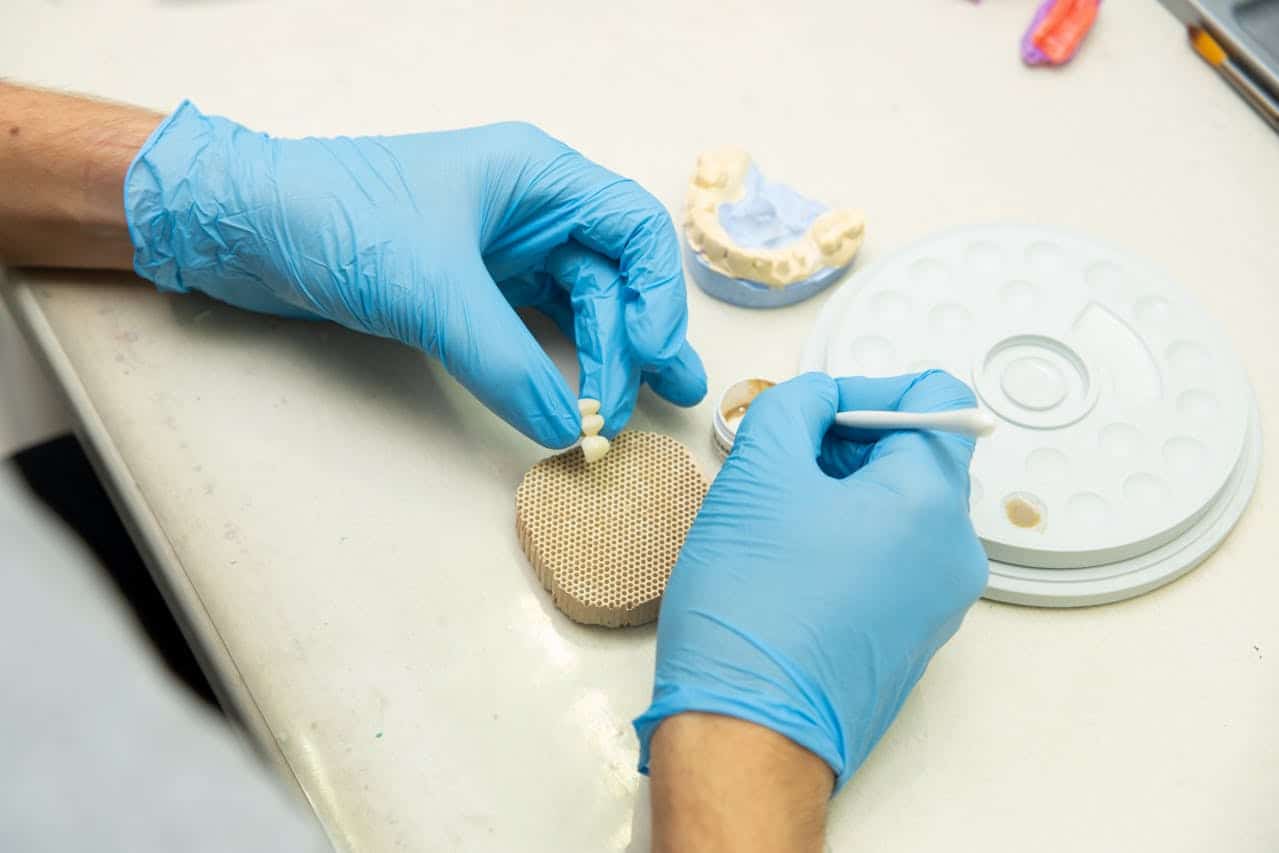Choosing a dental crown can be a significant decision for your oral health and overall appearance. Dental crowns are used to restore damaged teeth, improve strength, and enhance your smile. Understanding the different factors involved in selecting the right dental crown can help you make an informed choice that best suits your needs.
At our clinic, we aim to provide you with all the necessary information so you can feel confident in your decision. The process of getting a dental crown involves several considerations, such as the type of crown, the material used, the importance of aesthetics, and the cost and durability of the crown. Each of these elements plays a critical role in ensuring that your dental crown not only meets your functional needs but also complements your natural smile.
In the following sections, we will explore these factors in more detail. We believe that being well-informed will help you make the best choice for your dental health and appearance. Let’s dive into what you need to consider when choosing a dental crown.
Understanding Different Types of Dental Crowns
Dental crowns come in several types, each designed to meet specific needs. A common option is the porcelain crown, known for its natural look that closely resembles real teeth. These crowns are often used for front teeth due to their aesthetic appeal. Another option is a ceramic crown, which also offers a natural appearance and is biocompatible, meaning it’s less likely to cause an allergic reaction.
Metal crowns are another type, made from gold, platinum, or base metal alloys. These crowns are incredibly durable, making them ideal for molars where the force of chewing is greater. There are also porcelain-fused-to-metal (PFM) crowns, which combine the strength of metal with the appearance of porcelain. This combination provides a balance of durability and aesthetics, making it suitable for both front and back teeth. Each type of crown has its own benefits and considerations, and understanding these can help you make an informed decision.
Materials: Which One Is Right for You?
Choosing the right material for your dental crown is important for both functionality and appearance. Porcelain and ceramic crowns are popular choices for those who want a natural-looking finish. These materials blend well with your existing teeth and are particularly favoured for visible teeth. Ceramic crowns are also strong but can be more expensive due to their aesthetic and functional benefits.
Metal crowns, made from gold, platinum, or base metal alloys, offer remarkable strength and longevity. They are less likely to wear down or break, making them ideal for molars. However, metal crowns don’t match the colour of your natural teeth, which can be a consideration if you’re concerned about aesthetics. Porcelain-fused-to-metal crowns provide a middle ground, offering the strength of metal crowns with the natural appearance of porcelain. Discussing these options with your dentist can help you understand which material best meets your needs for strength, appearance, and cost.
The Importance of Aesthetics in Dental Crowns
Aesthetics play a critical role when selecting a dental crown, especially for front teeth. A well-crafted crown can blend seamlessly with your natural teeth, making it nearly impossible to tell the difference. Porcelain and ceramic crowns are particularly noted for their realistic appearance. These materials are available in many shades to match your existing teeth, ensuring that your smile looks natural and harmonious.
Your dentist will consider factors like the colour, translucency, and shape of your teeth when designing your crown. This careful attention to detail ensures a perfect match. Aesthetics aren’t just about looks—they also impact your confidence and how you feel about your smile. Feeling good about how your teeth look can make a big difference in social situations and your overall self-esteem. Therefore, choosing a crown that meets your aesthetic expectations is essential.
Cost and Durability: Factors to Weigh Before Making a Decision
Cost and durability are important considerations when choosing a dental crown. Crowns can vary significantly in price depending on the material used. Metal crowns, such as those made from gold or platinum, tend to be more expensive due to the cost of the metals. However, they offer unmatched durability and can last many years. Porcelain and ceramic crowns can also be costly but provide excellent aesthetic value and are less likely to cause allergic reactions.
While considering the initial cost, it’s also important to think about the long-term benefits. Investing in a high-quality crown can save you money over time by reducing the need for future repairs or replacements. Durability plays a crucial role here. A more durable crown might cost more upfront but will offer greater longevity, making it a cost-effective choice in the long run. Your dentist can help you weigh these factors to find a solution that fits both your budget and your needs.
Final Thoughts
Choosing the right dental crown involves balancing aesthetics, cost, and durability. It’s important to understand the different types of crowns and materials available, as well as how they align with your functional and aesthetic needs. A well-chosen crown not only restores the functionality of your tooth but also enhances your smile, boosting your confidence and overall well-being.
We are here to help you navigate these choices with expert advice tailored to your specific situation. If you’re considering a dental crown or have any questions about the best options for your oral health, don’t hesitate to contact us. Visit Pickering Dental Services today for a consultation, and let us help you achieve the best possible outcome for your smile.


